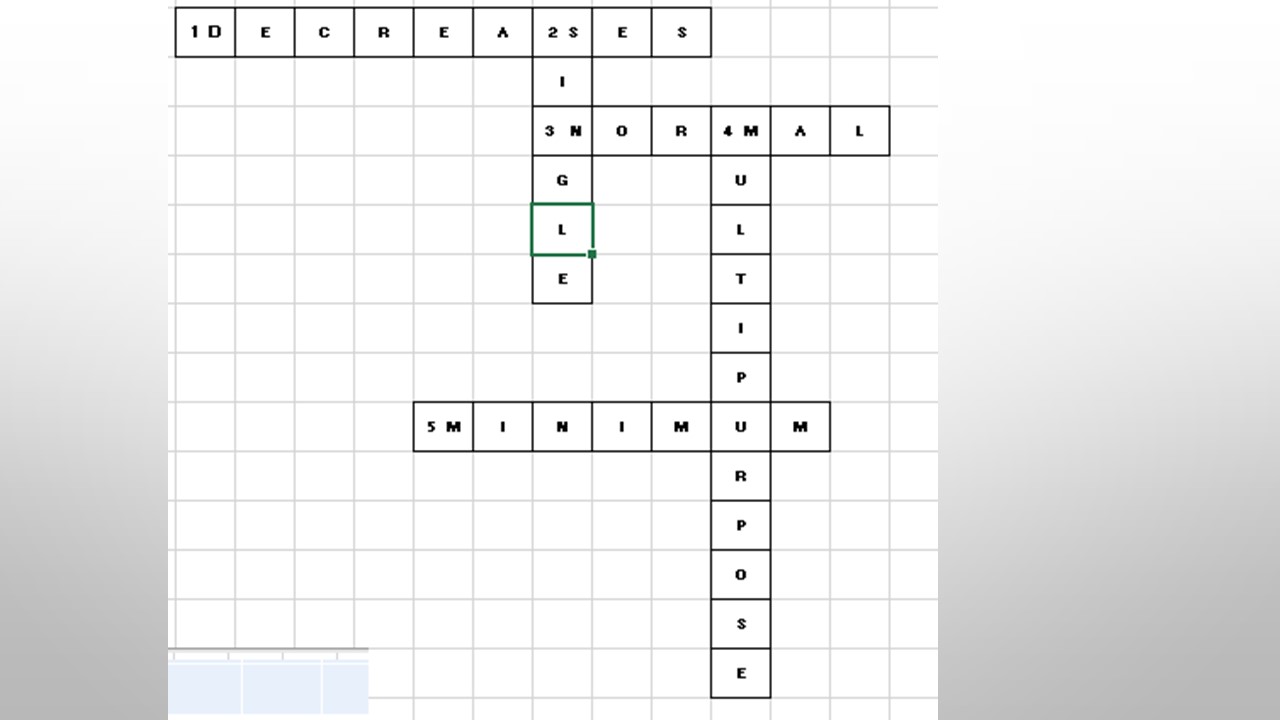Unit-II
Unit-III Earthen Dam
Unit-IV: Spillway
Unit-V: Weirs On Permeable Foundation
Unit-VI : Canal Irrigation
Unit-VII River and River Training Work
Unit-VIII: Hydro-power Engineering
CO PO Question Bank
ISE I
ISE II
ISE III
ISE IV
CROSSWORDS
Problem 1:
- The minimum capacity of the reservoir if the water is to be used to feed the turbines of the hydropower plant at a uniform rate and no water is to be spilled over.
- The initial storage required to maintain the uniform demand as above.
Problem 2:
As impounding reservoir had an original storage capacity of 738 ha-m. The drainage area of the reservoir is 80 sq. km. from which, annual sediment discharges into the reservoir at the rate of 0.1153 ha-m per sq. km. of the drainage area. Assuming the trap efficiency as 80 percent, find the annual capacity loss of the reservoir in percent per year.
Problem 3:
Figure (1) shows the section of a gravity dam (non-overflow portion)
built of
concrete. Calculate (neglecting earthquake effects). (13 mark) Dec 2016
i. The maximum vertical stresses at the toe and heel of
the dam
ii. The major principal stresses at the toe of the
dam
iii. Intensity of shear stress on a horizontal plane
near the toe
Assume the unit weight of concrete = 23.5 kN/m2.
Allowable compressive stress in concrete = 2500 kN/m2.
Allowable shear stress in concrete = 420 kN/m2.
Assume that reservoir is
full of water up to M.W.L.
HSWPE 4
HSWPE 5
In order to find the factor of safety of downstream, slope during steady seepage, the section of the dam was drawn to scale 1 cm = 4 m. The following results were obtained on a critical slip circle.
Area of N-rectangle = 14.4 sqcm
Area of T-rectangle = 6.4 sqcm
Area of U-rectangle = 4.9 sqcm
Length of arc = 12.6 cm
Laboratory tests have furnished values 260 for the effective angle of friction and 19.5 kN/m2 for cohesion, with a unit weight of soil = 19 kN/m3. Determine the factor of safety of the slope. (7 mark)
HSWPE 6
Compute the discharge over an ogee weir with a coefficient of discharge equal to 2.4 and a head of 2 m. The length of the spillway is 100 m. The Weir crest is 8 m above the bottom of the approach channel having the same width as that of the spillway. (7 mark)
HSWPE 7
The Siphon spillway of the rectangular cross-section had the following dimensions at its throat. Height of throat = 1.5 m. Width of throat = 4 m. At the design flow, the tailwater elevation is 7 m below the summit of the siphon, and the headwater elevation is 2 m above the summit. Taking the coefficient of discharge as 0.6, determine the discharge capacity of the siphon. Also, determine the head that would be required on an ogee spillway 3.8 m long to discharge this flow if the coefficient of discharge is 2.25. (7 mark)
HSWPE 8
A siphon spillway had the following cross-section at its throat. Height of the throat = 1.5 m. Width of throat = 4 m. At the design flow, the tailwater elevation is 2 m above the summit.
i. Taking a coefficient of the discharge as 0.6, determine the capacity of the siphon.
ii. Determine the head that would be required on an ogee spillway 3.8 m long to discharge this flow, if the coefficient of discharge is 2.25.
iii. What length of the ogee weir would be required to discharge the same flow with a head of 2.2 m on the crest? (7 mark)
A saddle siphon spillway has the following data. Full reservoir level = 485 m, Level of the center of siphon outlet = 479.6 m, Highest flood level = 485.9 m, Highest flood discharge = 570 cumecs. If the dimensions of the throat of the siphon are: width = 4.2 m and height = 1.9 m, determine the number of siphon units required to pass the flood safely. The siphon is to discharge freely in the air. Assume the coefficient of discharge = 0.65. (6 mark)
HSWPE 10
Three generators each of capacity 9000 KW have been installed at a power station. During a certain period of load, the load on the plant varies from 14000 KW to 24000 KW. Determine: (6 mark) Dec 2018
1. Total installed capacity
2. Load factor
3. Plant factor
4. Utilization factor
HSWPE 11
A runoff river plant is installed on a river having a minimum flow of 15 cumecs. The head available at the plant is 16 m and the plant efficiency may be assumed as 80%. If the plant is used as a peak load plant operating for 6 hours daily, compute the firm capacity of the plant: (6 mark) May 2018
i. Without pondage
ii. With pondage but allowing 8% of water to be lost in evaporation and other losses
HSWPE 12
Determine the discharge over a Chute spillway with ‘Ogee Crest’ using the following data: The length of the spillway is 250 m, Height of the spillway crest in front of at upstream approach channels is 10 m. The width of the approach channel is 250 m and the depth of water over the spillway crest is 5 m.
Referred Reference Books:







No comments:
Post a Comment